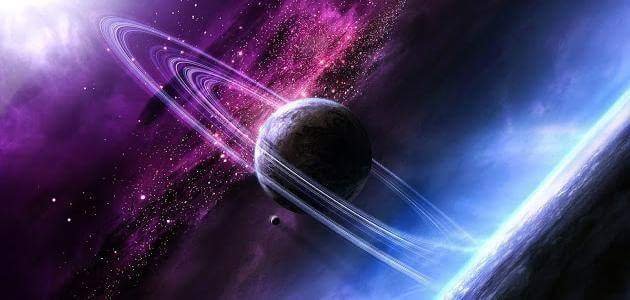
The space
Space is all that surrounds us in this vast universe, including planets, stars, galaxies, meteors and meteors, and space between the celestial bodies. Space surrounds many amazing facts, some of which are obscure. For all we know, we will know little about the universe in which we live.
Information about space
Space contains huge numbers of planets, stars and galaxies, but the only planet available for life is the planet, because most other planets are either very hot, or very cold.
The space has a characteristic smell that is similar to the smell of metals, the fumes from the weld, and the smell of burning coal.
The center of the Milky Way galaxy in space contains very large concentrations of ethylformate, the same compound that gives strawberries its distinctive, known aroma.
Scientists estimate that the average star-to-space generation rate is two hundred and seventy-five million stars per day.
In outer space, the sun rises and falls sixteen times a day, because the sun rises and wakes at an average of every hour and a half throughout the day.
From the established facts of the planets that spread in space they all revolve around the sun in a counterclockwise direction, except for Venus that revolves around the sun in the same clockwise direction.
The planet has the greatest density among all other planets in the solar system in the Great Space.
Space does not contain any sounds, or at least no sounds, because the sound does not move in space. Space is a vacuum and does not contain a medium for the transmission of sound.
In space, we can never cry, because the tears do not fall at all.
In space, astronauts grow at least five centimeters long.
The sun color of the space looks white, not yellow as seen from the surface of the earth.
The first living creature to travel to space is the Felicette cat, in the year one thousand nine hundred and sixty-three.
Space contains an enormous number of galaxies, estimated at one hundred and seventy billion galaxies, different from one another in size and shape. For example, our Milky Way Galaxy is spiral .
Sort: Trending